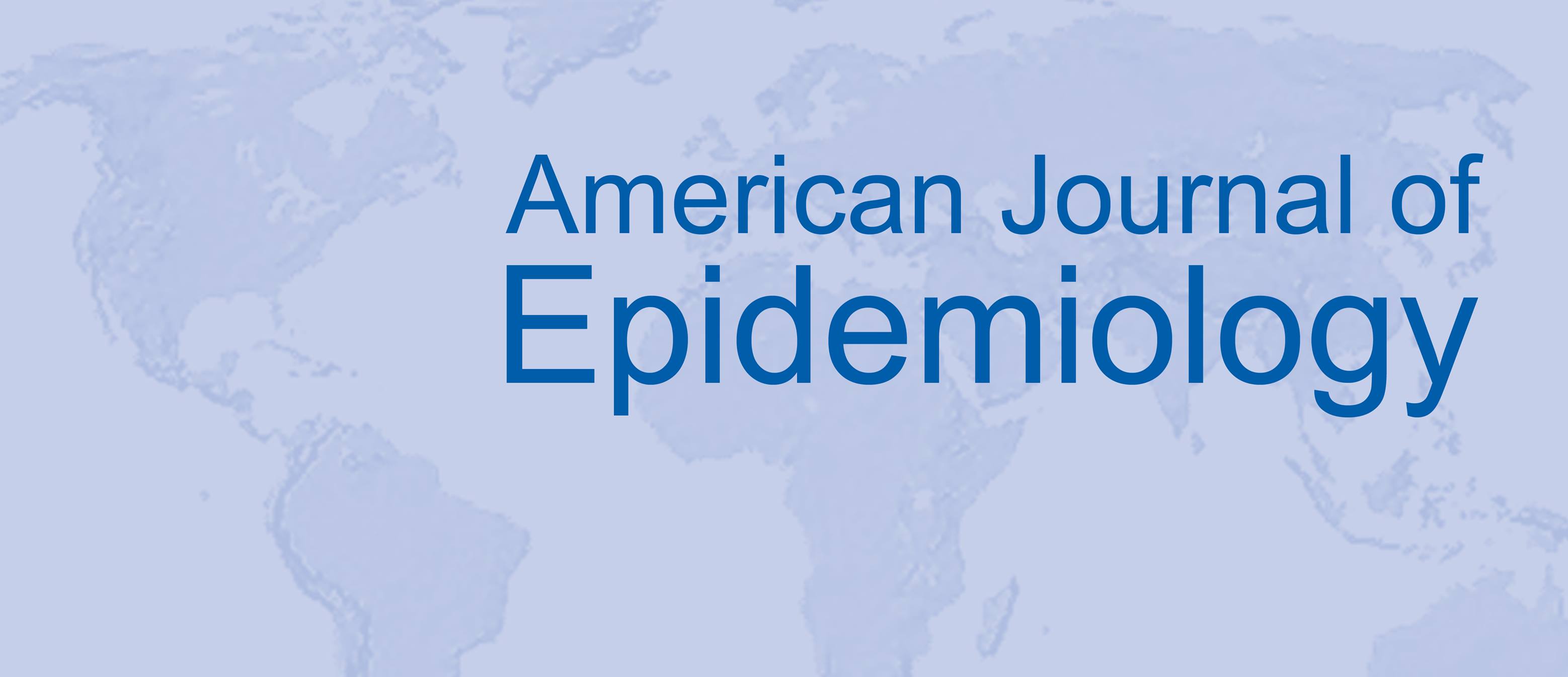
Area-level credit scores and symptoms of depression and anxiety in adults
Catherine Ettman, Elizabeth Stuart, Elena Badillo-Goicoechea, Lorraine Dean
Area-level credit scores may capture aspects of a neighborhood’s resources and history that may affect population mental health beyond income and other demographic determinants. Using a sample of 511,363 adults in 1,438 Pennsylvania ZIP codes who completed the COVID-19 Trends and Impact Survey, we assessed the relationship between area-level VantageScores (nine categories from <675 to ≥850) and individual mental health. We estimate odds and predicted probability of depression and anxiety symptoms, adjusting for demographics and median household income. Given a history of discrimination and unequal access to the benefits of assets, we assess whether the relationship between area credit scores and individual mental health was different for different gender, age, race and ethnicity, and education groups. Persons who lived in ZIP codes with average credit scores of 700-725 reported 1.31 (95% CI 1.13, 1.52) and 1.22 (95% CI 1.07, 1.40) times the odds of frequent feelings of depression and anxiety symptoms, respectively, relative to persons living in ZIP codes with an average area level credit score ≥850. This translated to a difference of 2.8 and 2.5 percentage points in the predicted probability of symptoms of depression and anxiety, respectively, for persons living in lower versus higher area credit score ZIP codes. Stratified models appeared to show differences in the association of depression and anxiety with credit scores across demographic groups, but tests of interaction did not show significant differences between most groups. Findings suggest that area credit scores may capture assets that shape mental health over and above income and other demographic determinants.
Catherine K Ettman, Elena Badillo Goicoechea, Elizabeth A Stuart, Lorraine T Dean, Area-level credit scores and symptoms of depression and anxiety in adults, American Journal of Epidemiology, 2024;, kwae275, https://doi.org/10.1093/aje/kwae275
